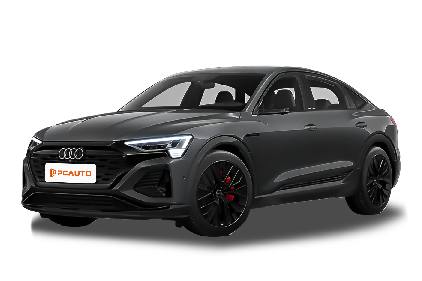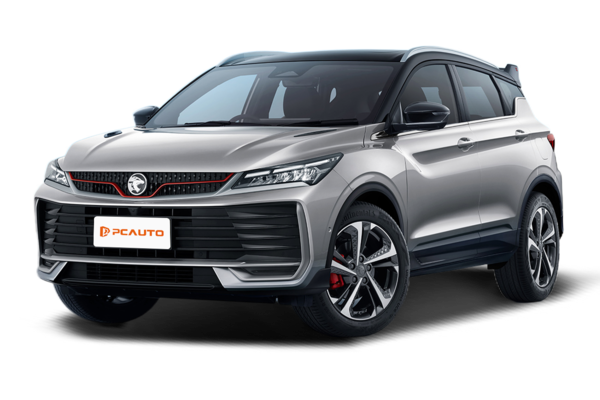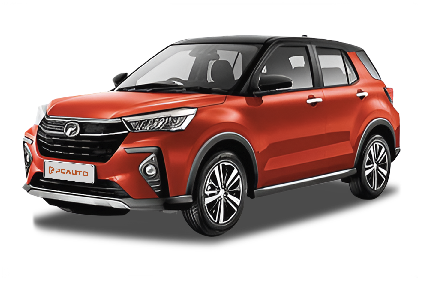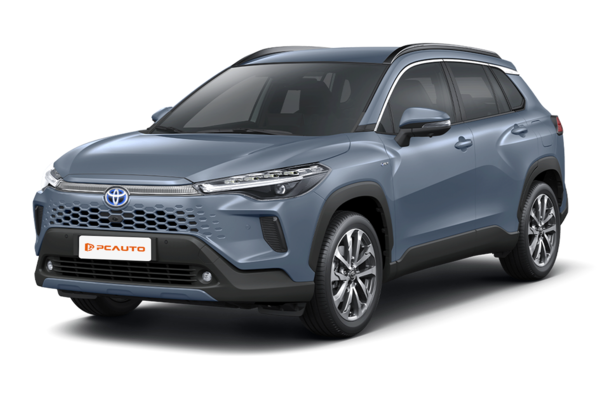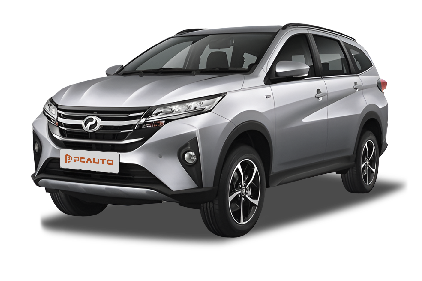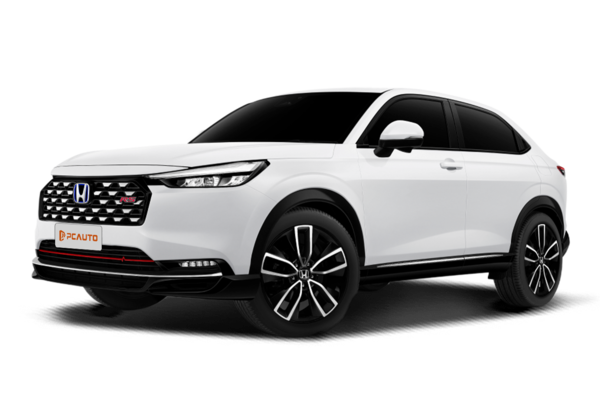Q
What is the range of the Audi SQ8 e-tron in 2024?
The 2024 Audi SQ8 e-tron, as the brand's high-performance electric SUV, has a range of approximately 494 kilometers under the WLTP test standard. It's suitable for daily commuting or long - distance travel of Malaysian users. The three - motor system it's equipped with can output 503 horsepower, and it only takes 4.5 seconds to accelerate from 0 - 100 km/h, meeting both performance and environmental protection needs.
The hot climate in Malaysia has a relatively small impact on the range of electric vehicles. Audi has optimized the battery thermal management system to ensure stability in high - temperature environments. Coupled with the gradually improving local charging network (such as ChargeSini and Gentari charging stations), it's more convenient to use.
If you consider the more energy - efficient regular version, the Q8 e-tron, it can achieve a range of up to 600 kilometers. However, the SQ8 version focuses on sporty tuning, so a slightly reduced range is a normal trade - off. It is recommended that potential car owners make their choices based on their driving habits. If you often drive on highways, you can turn on the intelligent energy recovery mode to improve efficiency.
Meanwhile, the Malaysian government's policy of reducing import duties on electric vehicles (such as the exemption of import duties on CBU electric vehicles in 2024) has also reduced the cost of purchasing a car.
Q
What is the difference between Q8 e-tron and SQ8 e-tron?
Both the Audi Q8 e-tron and SQ8 e-tron are pure-electric SUVs under the brand. The main differences lie in their performance positioning and driving experiences. As the base version, the Q8 e-tron offers balanced power output and range performance, making it suitable for daily family use. Its motor power and acceleration performance are relatively mild, and the range can reach over 400 kilometers under the WLTP standard. On the other hand, the SQ8 e-tron is the high-performance version. Through motor upgrades and tuning, it has stronger power output and faster acceleration capabilities. The 0 - 100 km/h acceleration time is significantly reduced, but the range will be slightly lower. It is more suitable for users who pursue driving pleasure. There are also subtle differences in the appearance of the two models. The SQ8 e-tron is usually equipped with more sporty body kits, wheels, and interior trims to highlight its high-performance identity.
For users in Malaysia, the choice depends on their needs. If they focus on practicality and range, the Q8 e-tron is more appropriate. If they prefer high performance and aggressive driving, the SQ8 e-tron is a better option. Additionally, the climate and road conditions in Malaysia have a certain impact on the range of electric vehicles. It is recommended that users experience the differences between the two models during test drives and also pay attention to the coverage of local charging facilities.
Q
What is the top speed of the Audi SQ8 e-tron?
As a high-performance electric SUV of the brand, the Audi SQ8 e-tron has an electronically limited top speed of 210 kilometers per hour. This figure reflects the balance between performance and energy efficiency of electric vehicles and also complies with the EU's safety regulations for electric vehicles. In the hot climate of Malaysia, the efficient heat dissipation system and battery thermal management technology of electric vehicles are particularly important. The SQ8 e-tron is equipped with a three-motor system that can output 503 horsepower. Coupled with Audi's signature quattro all-wheel drive system, it can maintain stable handling even on wet tropical roads. It's worth noting that Malaysian consumers need to consider the coverage of charging facilities when purchasing high-performance electric vehicles. Although the SQ8 e-tron supports 170kW fast charging and can charge up to 80% in 31 minutes, the actual charging efficiency may be affected by the local power grid load and temperature. The standard active air suspension of this car not only improves high-speed stability but also has better adaptability to some uneven roads in Malaysia than traditional suspension systems. Its WLTP range can reach up to 494 kilometers, which is sufficient for a one-way trip from Kuala Lumpur to Penang.
